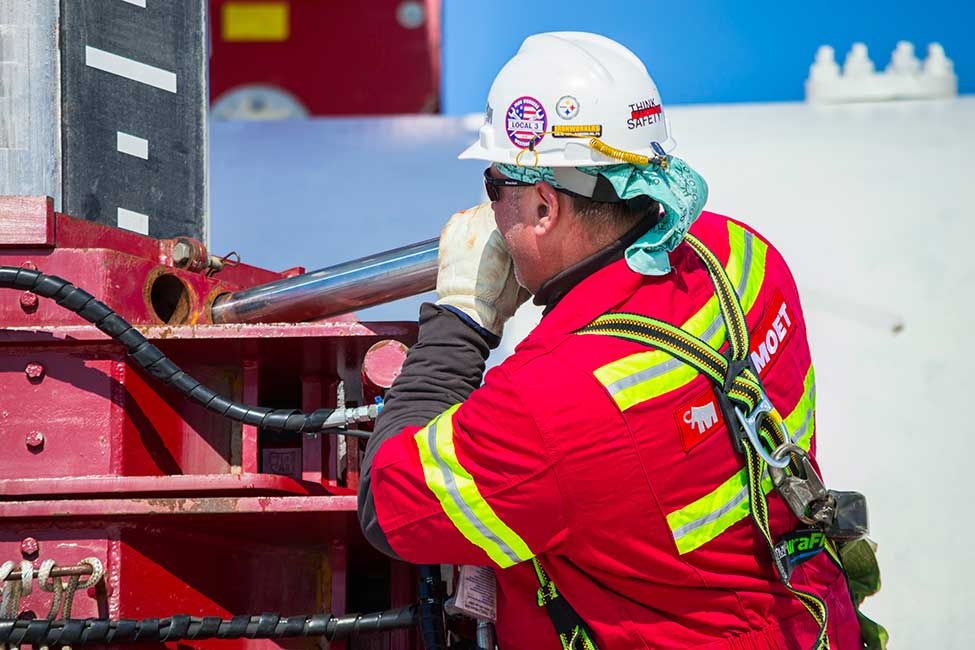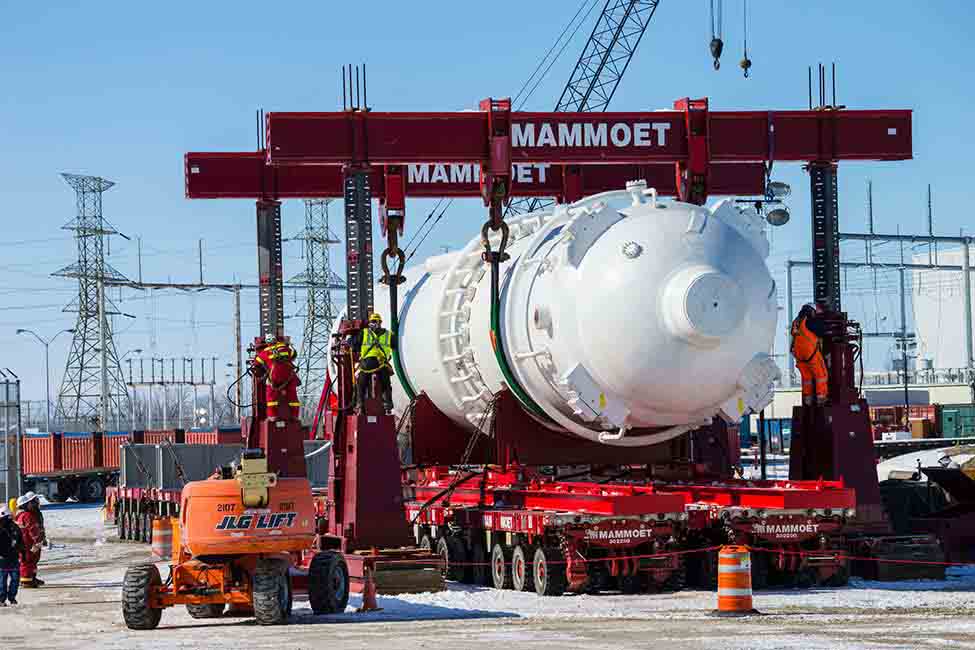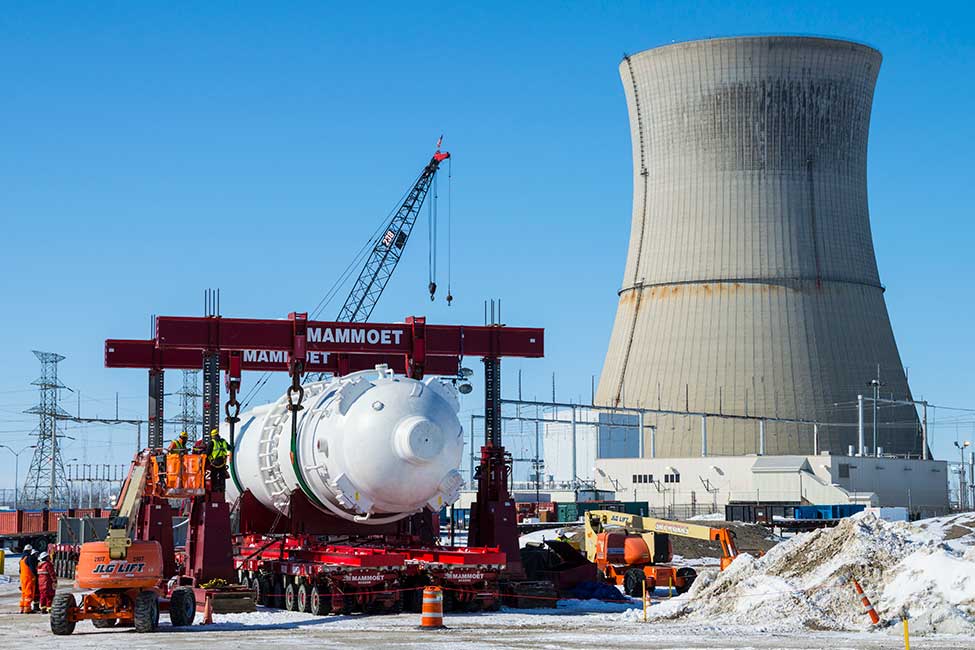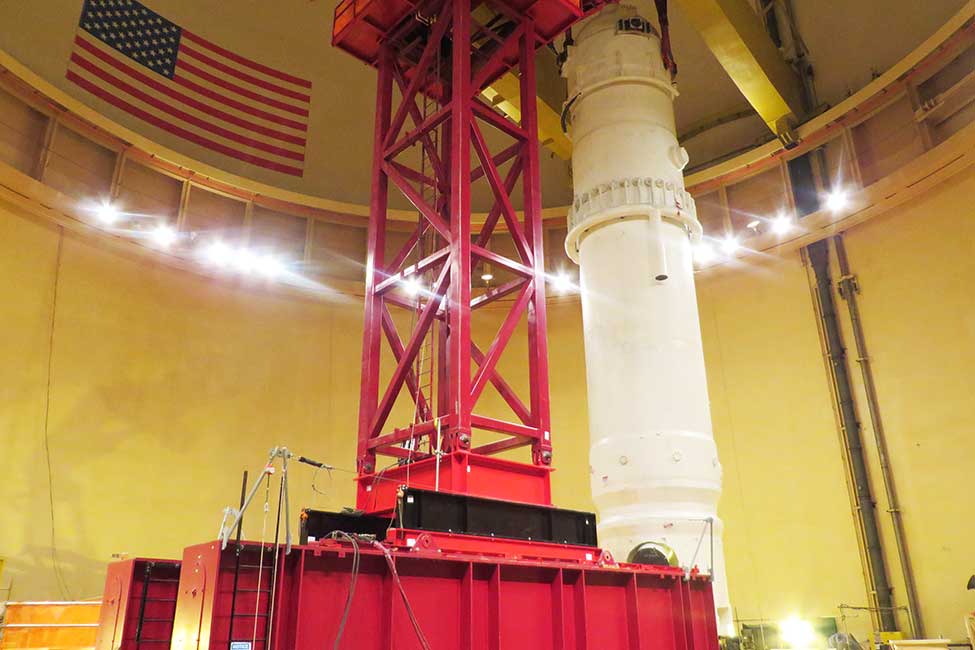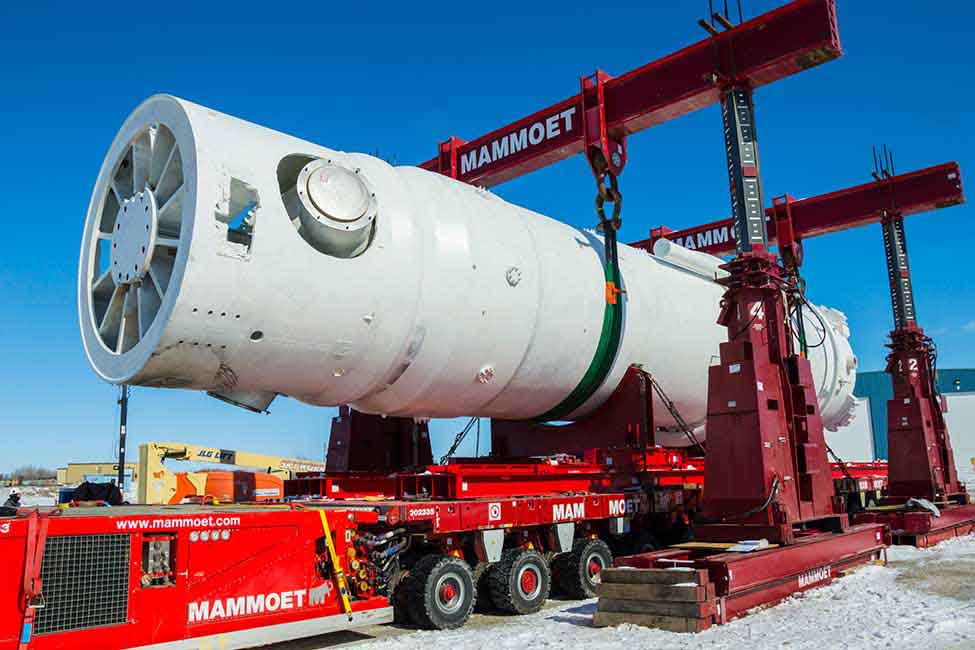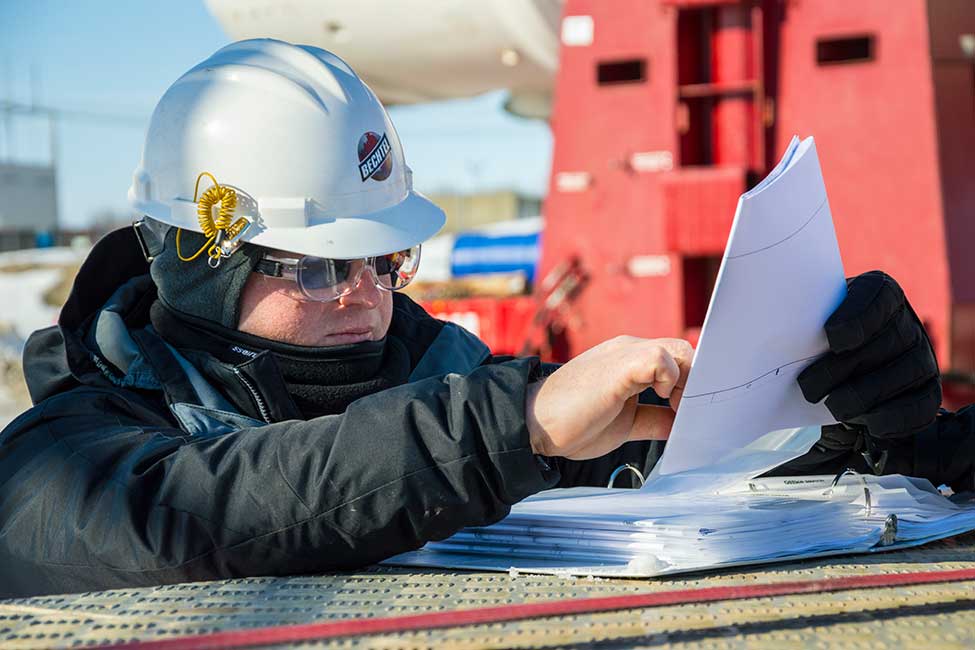The process
In the world of steam generator replacements, crews must work amid radiological conditions and space constraints that change as the project evolves. Because access is so tight, welding can be particularly difficult. Workers also must contend with hot pipes, and dust and smoke must be controlled. All of this puts a premium on safety and planning.
For the Davis-Besse job, which required 500 workers, Bechtel performed its usual training beforehand on a mockup of the unit to ensure that craft workers are proficient in containment vessel cutting, welding, and post-weld heat-treating.
Extending plant life
Plant owners can prolong a generator’s life with enhanced maintenance and testing programs, but they often discover that it’s less expensive to replace them. Enhanced maintenance efforts can cost millions of dollars over time and result in additional radiation doses for plant workers who must come in contact with the equipment. Frequent repairs also can place the plant at risk for an unplanned outage.
Bechtel was architect-engineer for the original two-unit Davis-Besse facility, completed in 1978. The relationship between Bechtel and owner FirstEnergy expanded to include operating plant support for Davis-Besse Unit 1 as well as the utility’s other nuclear plants, including Perry Unit 1, also in Ohio, and Beaver Valley Units 1 and 2, in Shippingport, Pennsylvania.
When Davis-Besse’s reactor pressure vessel closure head needed replacement in 2002, First Energy trusted Bechtel to complete the project — the first such replacement in the United States. FirstEnergy later tapped Bechtel to perform a steam generator replacement at Beaver Valley Unit 1 in 2006.
About the Davis-Besse plant
The Davis-Besse plant supplies a significant amount of Ohio's electricity, and Ohio is among the top 10 U.S. electricity producers. The continued safe and efficient operation of Davis Besse not only generates power and provides good jobs—it prevents the emission of millions of tons of SO2, NOx, and CO2. Nuclear power plants supply about 12 percent of the state's electricity.
Ohio's industrial sector accounts for more than a third of the state's energy consumption. Ohio is home to a number of energy-intensive industries, such as chemical and glass manufacturing, glass making, metal casting, and steel production. Ohio is a net importer of electricity.
How does a steam generator work?
Steam generators use heat from a nuclear power plant’s reactor core to create steam, which drives the plant’s turbines to create electricity.
Each steam generator contains thousands of alloy tubes through which hot radioactive water is pumped under high pressure. This process prevents the water from boiling. As the water flows through the tubes, it heats nonradioactive water outside the tubes to make steam.
A typical steam generator has more than 3,000 alloy tubes. The tubes are expected to last for about 40 years, but metallurgy and water chemistry issues often shorten their useful lives considerably. When about 15 percent of these tubes have corroded, a plant suffers from significant maintenance costs and the inability to maintain full power.


